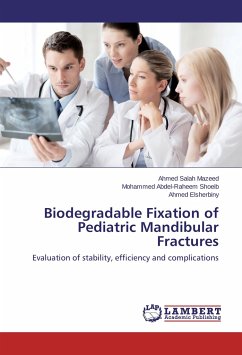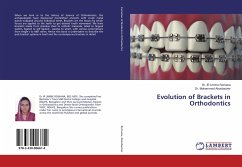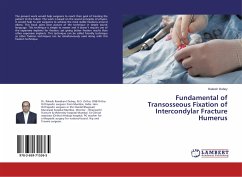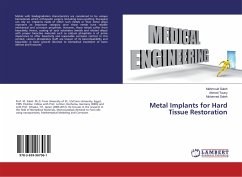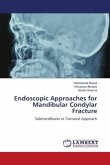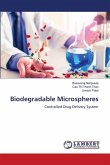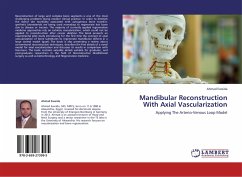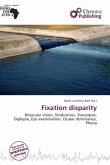The mandible is a common site of maxillofacial fractures. Treatment of pediatric mandibular fractures aims to restore function by fracture reduction, proper fixation to ensure union of fracture and reestablishment of normal occlusion. Titanium plates are routinely used for fixation of maxillofacial fractures. However, titanium devices have several potential problems which may indicate removal including hypersensitivity, thermal conductivity, palpability, pain and irritation. In children, metal plates should be removed after bone healing to avoid disturbance of facial growth. This needs a second hospitalization time with increased burden on the health system. Biodegradable plates have become an established alternative to metal fixation in reconstructive and orthognathic craniomaxillofacial surgery. Currently there are different materials of biodegradable devices. The main advantage of biodegradable devices in children is the avoidance of a second surgery to remove the metal plates. We are reporting experience with one type of biodegradable fixation system (self-reinforced poly L/DL lactic acid) in children to evaluate its stability, efficiency and complications.
Bitte wählen Sie Ihr Anliegen aus.
Rechnungen
Retourenschein anfordern
Bestellstatus
Storno

